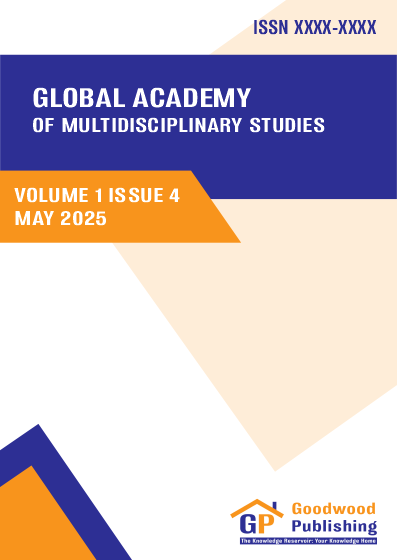Global Academy of Multidisciplinary Studies, published by Goodwood Publishing, is an online, peer-reviewed, open access scholarly journal dedicated to publishing high-quality, critical, and original research across diverse fields of study. The journal serves as a platform for researchers, academics, and practitioners to share innovative ideas, empirical findings, and theoretical advancements that contribute to the development of multidisciplinary knowledge.
We welcome a wide range of manuscript types, including original research articles, review articles, book reviews, case studies, and critical discussions. The journal particularly encourages works that integrate multiple disciplines, address complex real-world problems, and offer insights that advance both theoretical frameworks and practical applications.
By fostering intellectual exchange across disciplines, Global Academy of Multidisciplinary Studies aims to bridge the gap between theory and practice, stimulate scholarly debate, and support the dissemination of knowledge to a global audience.


 Google Scholar
Google Scholar Garuda
Garuda Sinta
Sinta